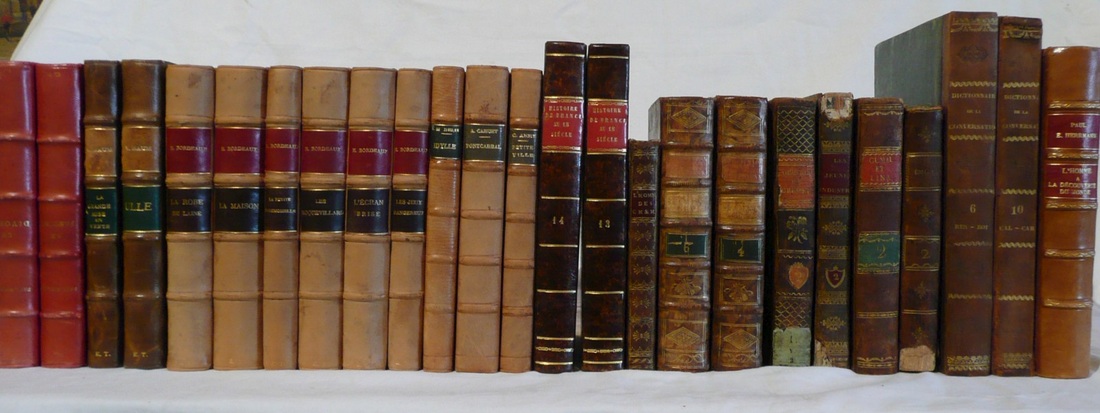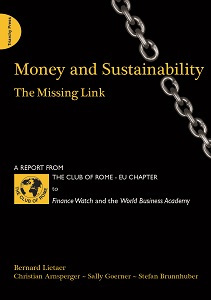Single Currency Thinking
Many societies have imposed a single, monopolistic, hierarchically-issued currency, naturally or artificially kept scarce, and associated with positive interest rates. This was true in Sumer and in Babylon, in Ancient Greece and in the Roman Empire, as well as from the Renaissance onwards in all Modern societies. The form of these currencies has varied widely, from standardised commodities, precious metals and natural objects such as shells, to paper or electronic bits. But they have had three crucial properties in common: in all cases, only that specific currency was accepted for the payment of taxes; the currency could be stored and accumulated, i.e. hoarded; and borrowing such currencies implied the payment of interest. So widespread has been this approach that we tend to think that it is the only option, leading to the hegemony of single-currency thinking. In fact, many societies have use a dual-currency or multi-currency system. In those societies, the monopolistic currency described above was then used for long-distance trading with foreigners or with people whom one didn’t know personally. The second type of currency was used for exchanges within the local community, and was of a very different nature. This second currency was usually created locally by its users. It was issued in sufficient amounts and did not bear interest. In the most sophisticated cases, this second currency even carried a demurrage fee – i.e. a negative interest on money – which discouraged its accumulation. In short, this other currency would be used as a pure medium of exchange not as a store of value. This was the case with the wheat-backed currencies that lasted for well over a millennium in Dynastic Egypt, and with local and regional currencies in Western Europe, during almost three centuries of the Central Middle Ages (10th-13th centuries). These dual systems provide some of the best explanations for the unusual economic well-being of these ancient societies. Societies in which such dual-currency or multi-currency systems have prevailed have often been matrifocal ones – not to be confused with matriarchal ones. There is no evidence that genuinely matriarchal societies have ever existed. By contrast, there is widespread evidence that advanced matrifocal societies, loosely defined here as those where feminine values are honoured, have existed in various parts of the world, though less frequently than patriarchal ones. Sources Money and Sustainability: The Missing Link - Bernard Lietaer et al. People Money: The Promise of Regional Currencies - Margrit Kennedy, Bernard Lietaer, John Rogers |
Explore |


